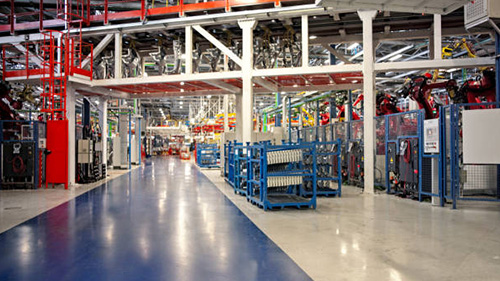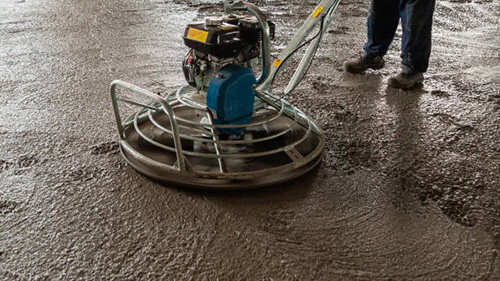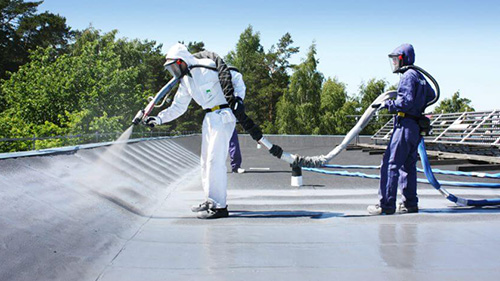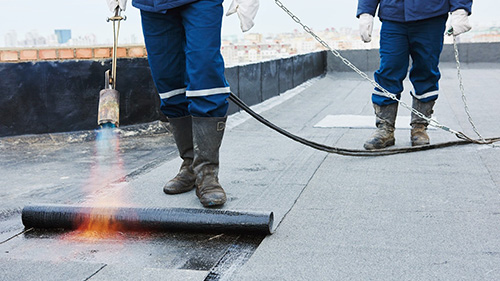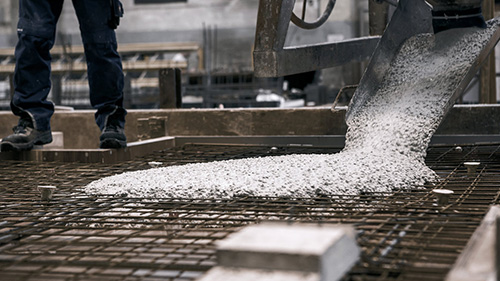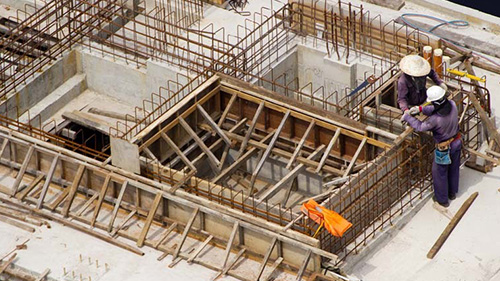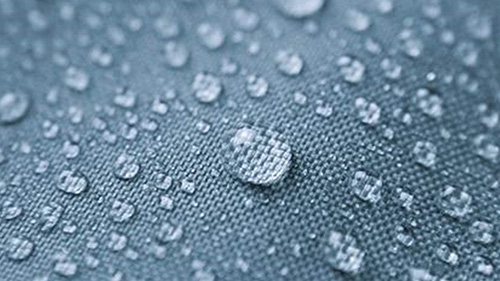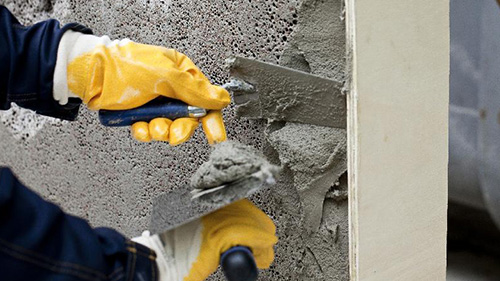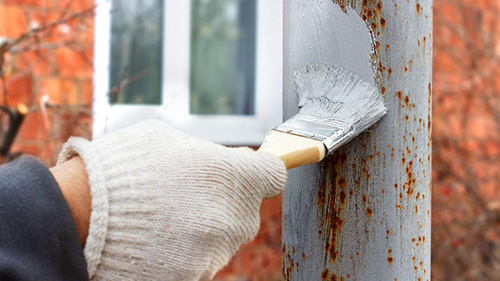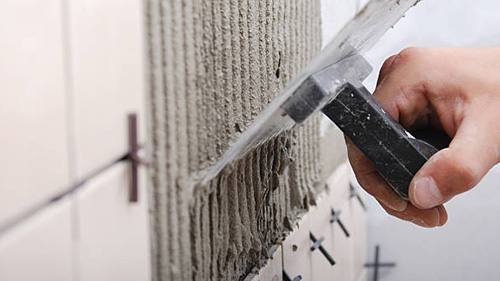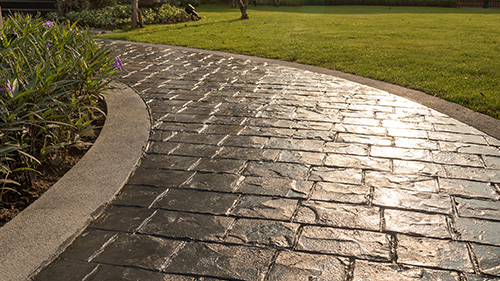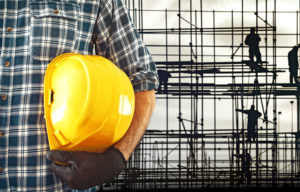KNOW ABOUT CONCRETE
What are the things you should know about reinforced concrete?
Reinforced concrete is one of the most widely used modern building materials. Concrete is an “artificial stone” obtained by mixing cement, sand, and aggregates with water. Fresh concrete can be molded into almost any shape, giving it an inherent advantage over other materials.
Since concrete is a brittle material and is strong in compression. It is weak in tension, so steel is used inside concrete for strengthening and reinforcing the tensile strength of concrete. The steel must have appropriate deformations to provide strong bonds and interlocking of both materials. When completely surrounded by the hardened concrete mass it forms an integral part of the two materials, known as “Reinforced Concrete“.
The use of RC construction in the modern world stems from the wide availability of its ingredients – reinforcing steel as well as concrete. Except for the production of steel and cement, the production of concrete does not require expensive manufacturing mills. But, construction with concrete does require a certain level of technology, expertise and workmanship, particularly in the field during construction. Despite this need for sophistication and professional inputs, a large number of single-family houses or low-rise residential buildings across the world have been and are being constructed using RC without any engineering assistance. Such buildings, in seismic areas, are potential death traps. This is the motivation behind developing this tutorial.
Advantages of reinforced concrete
Reinforced concrete also has greater compressive strength as compared to most other materials used for construction besides good in tension. It has better resistance to fire than steel and capable of resisting fire for a longer time. It has long service life with low maintenance cost In some types of structures, such as dams, piers and footings, it is the most economical structural material It can be cast to take the shape required , making it widely used in pre-cast structural components It yields rigid members with minimum apparent deflection Yield strength of steel is about 15 times the compressive strength of structural concrete and well over 100 times its tensile strength By using steel, cross sectional dimesions of structural members can b ereduced e.g in lower floor columns Less skilled labor is required for erection of structures as compared to other materials such as structural steel.
Disadvantages of reinforced concrete
It needs mixing, casting and curing, all of which affect the final strength of concrete
The cost of the forms used to cast concrete is relatively high
It has low compressive strength as compared to steel (the ratio is about 1:10 depending on material) which leads to large sections in columns/beams of multistory buildings Cracks develop in concrete due to shrinkage and the application of live loads
What are the ways concrete can fail, and how to avoid them?
Concrete is one of most durable manmade materials, but even this old industry workhorse has its weaknesses.
Exposure to harsh weather, reactions with common elements, and poor construction can all lead to concrete failure.
Michael Brainerd, principal at Boston-based Simpson Gumpertz & Heger, details five common ways concrete can meet its demise, and offers advice on how to avoid them.
Corrosion of steel reinforcement is probably the most common form of deterioration in cold climates, and it’s one of the nastiest too
, says Brainerd. “It’s difficult to deal with because once the conditions are right for corrosion, just fixing the damaged areas does not stop the ongoing corrosion,” he says. “It is essentially impossible to stop, you can only slow it down.”The deterioration occurs because the by-product of this electrochemical process (rust) takes up many times the volume of the original uncorroded steel. The resulting pressure created inside the concrete will cause cracking and severe deterioration to the structure over time.
The most common cause of steel rebar corrosion is exposure to de-icing salt used for roadways. If the concrete and rebar are not protected, the salts will eventually reach the depth of the rebar and cause corrosion. Exposed concrete structures such as parking garages, sidewalks, and bridges in cold climates are most at risk.
Another culprit of reinforcing steel corrosion is “carbonation,” where carbon dioxide and moisture in the air enter the concrete and reduce the pH of the concrete.
“One of the inherent protective features of concrete is its high pH,” says Brainerd. “But as carbonation advances from the outer surface inward, it eventually can lower the pH at the reinforcement, making the reinforcing steel vulnerable to corrosion.”
Luckily, there are several ways to protect steel reinforcement from corrosion. First, make sure to provide at least 1½ to 2 inches of concrete cover over the reinforcement. In addition, create a concrete mix that is highly impermeable by using a mix with a low water-to-cement ratio (typically no greater than 0.40) “so that it takes longer for the chlorides or carbonation to reach the steel,” says Brainerd.
Other internal protection options include adding corrosion inhibitors to the fresh concrete and using epoxy-coated reinforcing steel.
External protection measures such as penetrating sealers or waterproof coatings applied to the exposed concrete can also inhibit ingress of chlorides and moisture.
Sulfate attack typically occurs when the concrete is exposed to water that contains a high concentration of dissolved sulfates. “We see this most often where there’s sulfate-bearing groundwater,” as in the Western states and the Northern Great Plains, and near industrial areas and seawater, says Brainerd.
The two most common types of sulfate attack are physical attack, where the sulfate-containing water enters the surface of the concrete, crystallizes, and expands, disrupting the hardened concrete; and chemical attack, where the sulfate salts react with the portland cement paste, causing it to dissolve, soften, and erode. Another type of sulfate attack, internal sulfate attack, occurs mainly in precast concrete, and has been attributed to high curing temperatures or cement chemistry.
To minimize the risk of sulfate attack, test the sulfate content of soil or water that will be in contact with the concrete and use the published guidelines to specify a resistant concrete mixture. For buildings with severe sulfate exposure, limit the water/cement ratio to 0.45, require a minimum compressive strength of 4,500 psi, and use Type V cement or Type V cement in combination with alternative cementitious materials such as slag or fly ash.
Finish-related delamination can occur when water or air gets trapped and accumulates just below the surface of the concrete. The accumulation of water raises the local water-to-cement ratio, which decreases the concrete strength in that area. In addition, air bubbles can be elongated and interconnected by the finishing process, thereby creating a weakened horizontal plane in that area.
“Any sort of stress on the surface from wheel loads or volume change movement of the concrete can cause the concrete to fully fracture along that weakened plane, and you’ll have pieces of the concrete popping up off the surface,” says Brainerd.
Trapped water/air and elongation of air voids typically occur when finishers apply a finish to the slab before all the bleed water can reach the surface. It can also occur when the ambient conditions of temperature, wind, and humidity result in a high evaporation rate for the bleed water, which causes premature drying and stiffening of the near-surface layer and traps bleed water and air below the surface.
Brainerd says delamination is a common problem with floors with a hard steel-trowel finish, such as warehouses, factories, retail stores, and offices with exposed interior concrete floors.
To prevent delamination of slabs receiving a trowel finish, Brainerd advises Building Teams to specify air content of no more than 3% and to test the fresh concrete to assure the maximum air content is not exceeded. Also, contractors should place the concrete when ambient conditions are not conducive to rapid evaporation of bleed water, and should avoid finishing the concrete slab prematurely.
Freeze-thaw deterioration occurs when concrete is saturated with moisture while exposed to freezing temperatures. The freezing water within the concrete creates hydraulic pressures within the concrete, causing micro-cracking of the concrete. “The near surface just crumbles away and exposes the aggregate,” says Brainerd. “In extreme cases, over time, the whole body of the concrete can disintegrate.”

